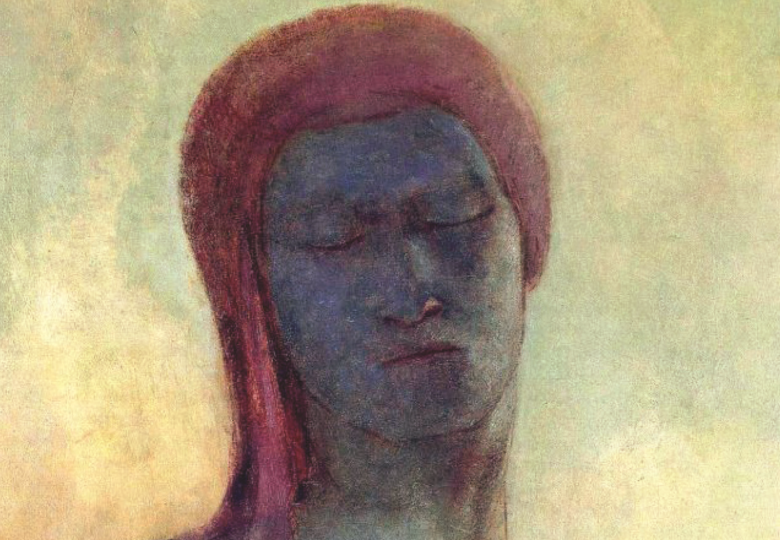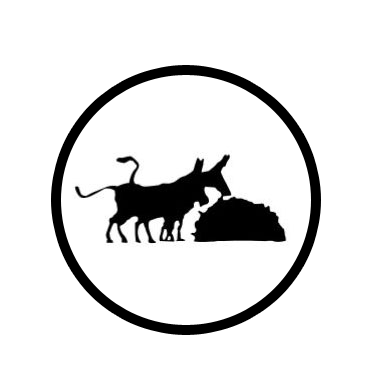Red Book, Middle Way
How Jung parallels the Buddha's Method of Human Integration

Jung’s Red Book, finally published only in 2009, is a highly ambiguous text describing a succession of extraordinary visions, together with Jung’s interpretation of them. This book offers a new interpretation of Jung’s Red Book, in terms of the Middle Way, as a universal principle and embodied ethic, paralleled both in the Buddha’s teachings and elsewhere. Jung explicitly discusses the Middle Way in the Red Book (although this has been largely ignored by scholars so far) as well as offering lots of material that can be understood in its terms. This book interprets the Red Book in relation to the archetypes met in its visions – the hero, the feminine, the Shadow, God and Christ, and follows Jung’s process of integrating these different internal figures. To do this Jung needs to find the Middle Way between absolutes at every point, in a way similar to the Buddha.
Read the Introduction to this book
Endorsements
“In ‘Red Book, Middle Way’ Robert M Ellis takes the reader on a guided journey into Jung’s ‘Red Book’ and its implications through the lens of a Middle Way philosophy. Drawing on parallels with more recent psychological and neurological research this is bound to be of huge interest to scholars, psychologists and those interested in what it has to say about spirituality. This lucidly written book will also be of interest to those wanting an introduction to or wanting to navigate their own way through Jung’s multi-layered text.” –Graham Mummery, poet and transpersonal psychotherapist, author of ‘Meeting My Inners’ (Pindrop Press)
“Robert M. Ellis’s Middle Way Philosophy is brilliant, and he makes a very persuasive case that it exists in Jung’s work as a living, breathing reality, right there on page after page of The Red Book. His book, taken as a close reading of the Red Book, is refreshing and original. Bravo on both counts.” –Pablo Nagel, (Ph.D. Philosophy, SUNY)
“An interesting and unusual take on Jung’s Red Book, that helps us to see how the Red Book may be pertinent to both the detailed issues of our own life and the existential territory that we must all pass through. It has caused me to think deeply and at times furiously.” –Ian Rees, Psychotherapist, Annwn Foundation
Book launch video
Summary by chapter
Introduction
This provides basic background on the Red Book and a brief account of the Middle Way in Buddhism and as developed in previous work, followed by an outline of the purpose and course of this book.
1. The Middle Way in the Red Book and in the Buddha’s quest
This uses the story of Jung’s encounter with Izdubar, the God figure who is reduced to an egg and then deliberately revived, to explore the potential of the Middle Way in relation to God in Jung’s experience, and compare it to the Middle Way discovered by the Buddha in the course of his quest for enlightenment.
2. God as integrative archetype
Explores Jung’s archetypal view of God, following a Middle Way between Nietzsche’s ‘God is Dead’ and traditional Christianity, and representing our forward glimpse of potential integration. The Buddha had a similar archetypal encounter with Brahma Sahampati.
3. The Wise: Elijah and Philemon
The Wise Old Man is introduced as an aspect of the God archetype, dramatized in Jung’s Red Book encounters with Elijah and Philemon. But Philemon becomes less wise and more dogmatic later in the Red Book, as Jung struggles to maintain a balanced view where inner guru figures are neither idealised nor dismissed.
4. Christ as the Middle Way
Jung’s archetypal view of Christ sees him as an unavoidable inner figure, whose suffering can represent the way that our own suffering can force us out of old assumptions. His visions also provide a raw encounter with the meaning of the eucharist, and record a process of wrestling with how to combine authenticity with the ‘imitation’ of Christ.
5. The Tree of Life and the mandala
The Red Book includes a number of pictures that particularly explore the symbolism of the Tree of Life and the mandala. Both these offer symbolic representations of integration and the Middle Way, though Jung varied and developed them in striking ways.
6. Integrating the Shadow
Jung puts a lot of emphasis on recognising and accepting evil within ourselves, and thus on the interdependence of good and evil. This is graphically shown in several visions which both illuminate the psychological nature of evil and give indications of how to approach it. The Middle Way of engaging with evil without repressing it is again crucial, and can also be illustrated by the Buddha’s encounters with Mara.
7. The soul and the Anima
Jung encounters the feminine in himself in the form of his soul, whom he meets in various attractive forms in different visions. The feminine also often stands for embodied meaning and love in Jung’s experience. Jung works imperfectly with his love-hate relationship with his soul, but succeeds to the extent that he avoids the extremes of response. The Buddhist Brahmavihara meditations are explored as a practical way of working with the unbalanced demands that may accompany love for the projected anima/ animus.
8. Death of the Hero
The Red Book early on depicts the killing of the hero, thus symbolising the limitations of the ego. However, as he goes on Jung finds himself re-encountering the heroic through sacrifice, magic and a ‘son’ who apparently represents his work. Jung’s process of killing but also reviving the hero also reflects the Middle Way in that he can’t succeed by merely repressing, nor by idealising, his own ego.
9. Embodied meaning and the scholars
The recognition of meaning as embodied (as developed by Lakoff and Johnson), and thus as not divisible into the traditional cognitive v emotive dichotomy, is implicit throughout the Red Book. Heights rely on depths that are found in embodied experience. This Parallels the Buddha’s recognition of embodiment when he abandoned asceticism. The falsity of the dichotomy is dramatized by Jung’s encounters with the repressed scholar and his hidden daughter, and with the scholar-hermit Ammonius.
10. Complaints of the dead
The role of the dead is an especially mysterious aspect of the Red Book, depending on whether we take their ‘dead’ status literally or treat them as standing for the living. However, Jung’s struggle with what he feels the ‘dead’ require of him seem to require a Middle Way response as much as the rest of the book does.
11. Gnostic versus agnostic
Jung’s ‘Seven Sermons to the Dead’ have a markedly different approach to the rest of the Red Book, which arguably suggests conflict in Jung’s own experience. I argue that on the whole the Seven Sermons offer a metaphysical approach to interpreting human experience that is basically in conflict with the Middle Way as Jung presents it in the rest of the book. This also reflects wider conflicts in Jung’s work as a whole.
12. Towards a Jungian integrative ethic
Jung is an overwhelmingly moral thinker, and the Red Book demonstrates how much his outlook was ethical even more than his other work. The Red Book also shows how much the development of moral responsibility can be understood as dependent on the integration process. It also shows that whilst Jung recognised the moral value of moral principles, goals and virtues (the basis of the three types of normative moral theory) he rejects the absolutising of these approaches – making his approach to ethics comprehensible in terms of a Middle Way approach. This interdependence of moral principles with the rest of the path is also implicit in the Buddha’s Noble Eightfold Path.

